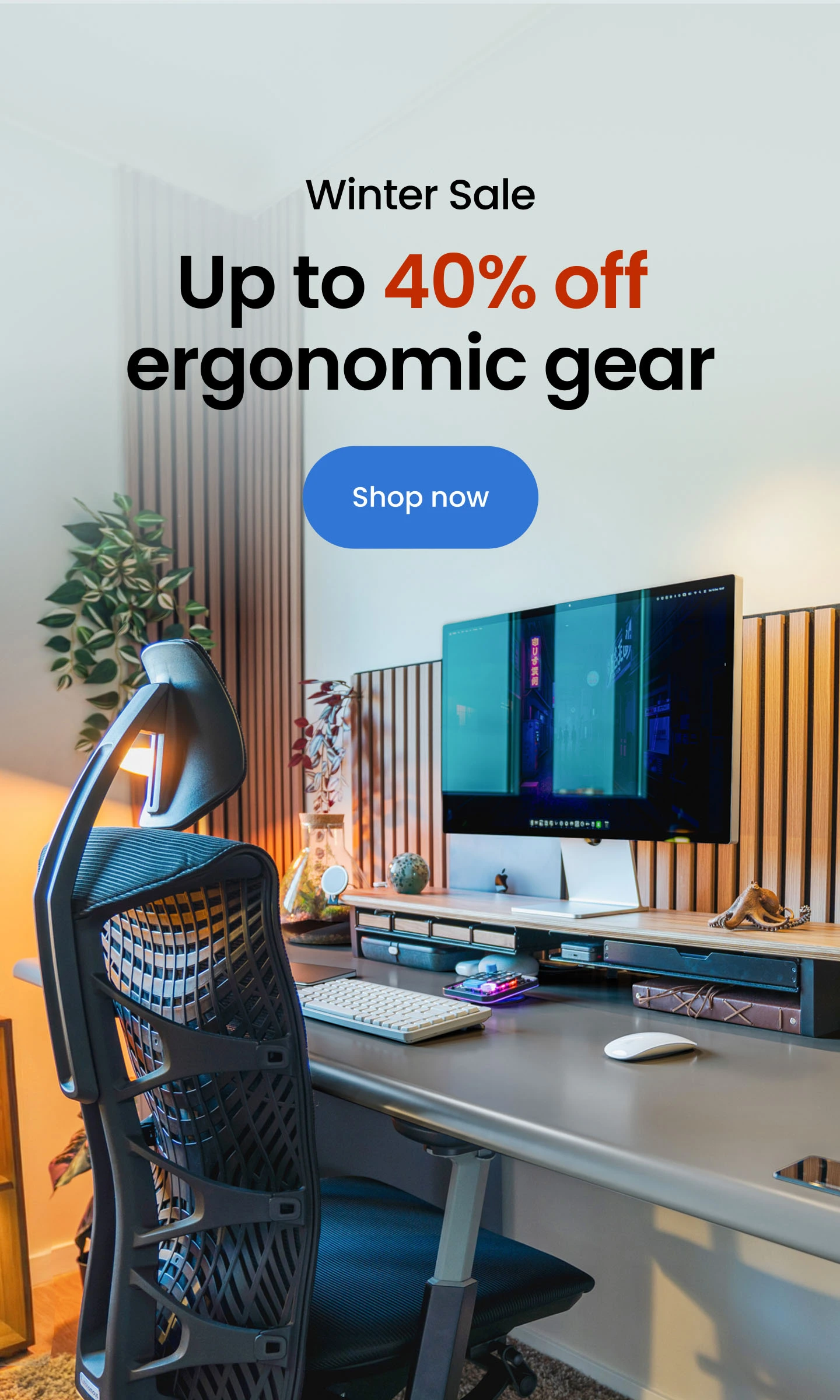
The Power of Multisensory Design in the Modern Office Space
When you enter an office, what's the first thing you internalize that helps you make an opinion? Maybe you've noticed the stylish seating and the geometric patterns on the walls, or the first thing you feel when you step inside from the warm street is the icy blast of the air conditioner.
We use several sensory inputs to generate an overall impression of an experience and it's easier to get things done when our senses are at peace. Therefore, we'll examine how multisensory workplace designs include various features to foster a happy and productive work environment. So let’s read on for more information.
The Idea Behind Multisensory Office Designs?
What we perceive and how it affects us is what the world is all about. When we enter a room, sensory data is sent to our brains. Our senses of sight, sound, smell, and taste and feel contribute to our mental evaluation of the environment.
A human's emotional response results from a complex combination of sensory inputs processed by the brain. Therefore, a multisensory office setup idea is significant for a productive and pleasant workplace as it affects our emotions, actions, and well-being.
Characteristics of a Multisensory Workplace
Here is a rundown of how a multisensory office design strategy might benefit your staff.
1. Sight
The first and most accessible route to take when trying to create a motivating work environment is sight. Sight refers to the aesthetics of an office space, including the way it is decorated, lit, and accented.
The right color scheme can evoke different feelings in customers and clients and motivate staff to act in desirable ways.
Warm-toned, natural materials like wood generate beneficial biophilic effects, which improve the productivity, pleasure, comfort, and health of employees. Clear sight lines between coworkers and eliminating any bulk furniture in the workplace; contributes to a productive and healthy office environment.
Natural light is essential to our health and well-being and is just as significant as color when it comes to enticing the senses.
Additionally, a multisensory room with windows that look out into the environment can boost morale and productivity by reminding workers that they are a part of nature.
2. Sound
Sound is one of the senses that gets the most attention in the modern multisensory environment. The importance of solving the noise problem has grown with the popularity of open and shared work areas.
Meeting pods, paneling, furniture, and even lighting are some of the acoustic solutions designers use to address this issue. Although these acoustic solutions perform well in an open workplace setting, it is still vital to designate quiet wholesale office desks where employees can focus without interruption.
Multisensory designs such as sound-masking tools and materials help people focus and maintain privacy by covering up unwanted sounds.
3. Smell
The smell is one of the most underappreciated senses when creating a workplace environment. It is the sense most closely associated with memory and is responsible for as much as 75% of our daily emotional output.
Because of this, it's important to think about aroma while developing a productive, welcoming, and pleasant multisensory office environment. There are a variety of scent solutions, from candles, oil burners and diffusers to more high-tech scent devices, which can be used to introduce a corporate aroma into your workplace.
4. Taste
Food and drink might not be the first thing you think of when planning the layout of your office, but they play an important role in building employee belongingness.
To foster a positive work environment and increase employee productivity, provide them nutritious snacks and drinks throughout the day. Coffee and tea should be readily available in the kitchen and break room, and staff should be encouraged to take breaks to eat and socialize.
Sharing a meal and drinks is a great way to unite people and a source of universal enjoyment.
This multisensory design idea is fantastic for attracting and retaining talent and encourages the sharing of personal experiences (i.e., not talking about work for once).
5. Touch
Touch, often overlooked in office design, has been linked to various feelings, including a sense of ease. The aesthetics of an office are vital, but so is the atmosphere it creates for employees. Different textures and surfaces can be used to pique people's interest in using their sense of touch.
E.g., ergonomic office chairs and adjustable desks provide long-term comfortable seating for employees.
A multisensory environment should incorporate hard and soft seating catering to those looking for functionality and relaxation.
Frequently Asked Questions (FAQs)
How does a multisensory environment enhance workplace effectiveness?
There are substantial mental demands placed on workers. By using elements that appeal to more than one sense, designers can create a multisensory environment that is less stressful and more conducive to work, health, and happiness.
Human factors are becoming increasingly important in architecture and design; the multisensory office designs present a prime chance to implement these theories.
For instance, using soundproofing in open workplaces has been shown to increase efficiency and decrease stress, while using trademark scents has been shown to help establish a consistent brand experience for employees.
Office wholesale chairs can also help in keeping your employees healthy through a comfortable sense of touch.
Which of our senses has the greatest impact on our daily lives (at work)?
The most effective multisensory workplace designs consider and include all senses to provide occupants with a holistic experience. When you pay attention to the other four senses in favor of one, you miss out on much of what the area has to offer. Some senses, like smell and touch, are often disregarded more than others, despite their potential to impact the workplace significantly.
Ending Note
A multisensory environment is necessary to support the physiological and psychological needs of the people using the spaces we create. Therefore, we should constantly strive to welcome employees into an aesthetically appealing and operationally sound setting.
Spread the word
.svg)







